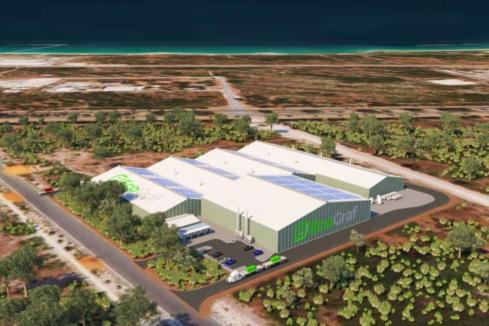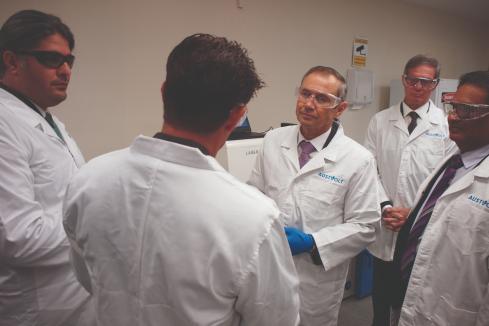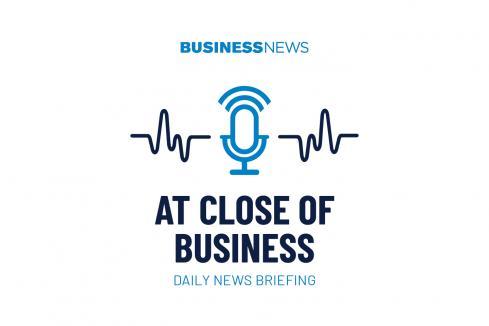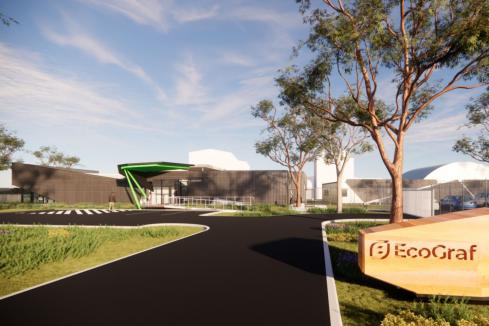

Forecasts that demand for graphite is set to boom over the next decade have sparked investment in two little-known companies.
Syrah Resources and Kibaran Resources – emerging graphite producers with projects in Africa – have seen their share prices surge in past months.
Kibaran Resources has used the increased interest to raise more than $3 million to fast-track exploration of its Mahenge project in Tanzania.
It is aiming to have a scoping study completed by the end of the year with initial capital expenditure estimates in the range of $50 million to $100 million.
Capturing the market’s interest are forecasts that the emerging market for lithium ion batteries used in electric cars is on the cusp of rapid growth, which Kibaran Resources geologist Andrew Spinks says will result in a surge in demand for graphite.
“What a lot of people don’t understand is that lithium ion batteries use 10 times the amount of graphite than lithium,” Mr Spinks said.
“We have the view that demand for graphite would grow largely through traditional uses but also because of significant demand from the emerging lithium ion batteries.”
Those traditional uses include the making of electronics and carbon fibre for sports equipment.
Graphite is a new venture for Kibaran, which started out with a nickel focus.
But as the nickel price fell, the conversely performing graphite sector held appeal; the price paid for graphite has more than doubled in the past five years to now around $US2,000 a tonne for high a quality resource.
Kibaran acquired Western Australian company Tanzgraphite and its Mehange project earlier this year while putting the nickel project, also in Tanzania, on hold.
The company this week completed a $3.1 million capital raising to fund ramped up exploration of the Mahenge project – a venture which held none of the difficulty base metals players are facing in the current equity market.
The share placement offer of 35 cents per share was at a 13 per cent discount to the company’s share price at the time and was oversubscribed by institutional and sophisticated investors.
Kibaran shares fell to less than a cent before it added graphite to its portfolio. The share price subsequently rose to a peak of 64 cents at the end of last month.
The price has now levelled off at around 50 cents per share.
In comparison, shares in Perth-based Syrah Resources spiked at $3 per share at the end of August (up from 8 cents a year ago) as the company announced its first assay results from its Balama project in Mozambique.
Its shares have also levelled off to settle around $3.50 per share. It is planning to establish an initial mineral resource by the end of next year.
Contributing to the graphite buzz is news that China, which produces 80 per cent of the world’s graphite, is banning graphite exports to ensure its own strategic supply of the commodity – leaving a significant gap for producers such as Kibaran.
Shoring up Kibaran’s confidence are indications of a high-grade resource at Mahenge; the most sought-after form of graphite is large flake, which is the only form suitable for car batteries due to its conductivity.
Mr Spinks told WA Business News initial testing had found the Mahenge prospect not only contained ordinarily large flake graphite but some which could fetch an even higher price.
“Our sizing analysis shows it to be one of the largest we see…and our recent flotation testwork indicated we could recover exceptionally large flake that could attract a premium price,” Mr Spink said.












